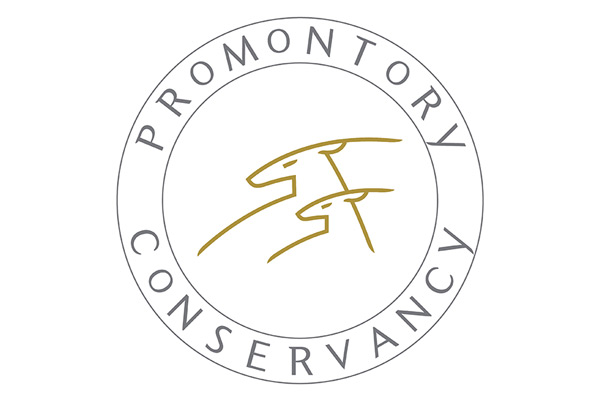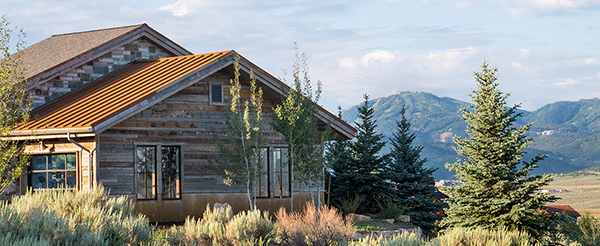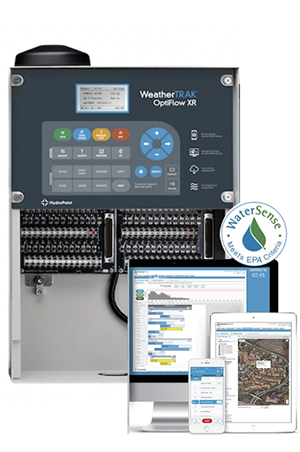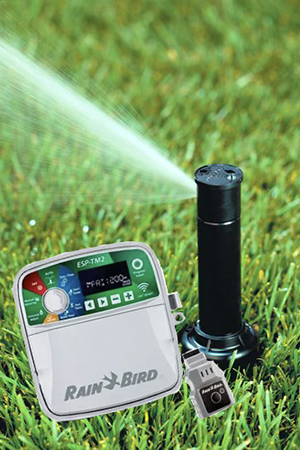
Water-Wise Community Efforts
Dear Conservancy Members,
As part of our ongoing efforts to be a water-wise community and a good steward of our community’s natural resources, last year Promontory engaged the professional services of a water engineering firm to conduct a full water analysis of the community. The results of that study continue to guide our direction as we focus on best practices across community irrigation and landscaping, golf agronomy, amenity operations and system wide storage. While Promontory successfully secured sufficient water rights to service the community over 22 years ago and continues to pay significant annual lease renewal fees to maintain those water rights, we are focused on being prudent and responsible with our ongoing usage.
Promontory’s scope of water-wise practices and initiatives is robust, but we recognize that the most significant factor in managing our community’s total water usage is individual homeowners’ usage, especially as it relates to landscaping. Accordingly, our Conservancy management was tasked with evaluating our community education around smart water usage and our current Design Guidelines that impact resident water usage.

The Conservancy has implemented water-wise strategies including installation of smart clocks and real time water flow controls to better conserve and manage water use in open areas and continues to do so. With drought conditions ongoing, the Conservancy Board recently voted to modify the Promontory Design Guidelines to further assist with water-wise landscaping throughout our community. The following changes will apply to all landscape plans and revised plans submitted to the Design Review Committee beginning April 1, 2022:
- No more than 2,000 square feet of lawn may be planted.
- New tree installations will now allow 2” caliper deciduous trees and 8’ tall evergreens.
- Water features will no longer be allowed unless they are part of the natural drainage/runoff from the home, or if they are only supplied with proper gray water/recycled rainwater.
- Smart watering systems consisting of 1) a master control valve; 2) a smart clock connected to local weather; and 3) flow meters will be required (see below).
In addition to the foregoing, the Conservancy will begin issuing corrective notices (and fines where necessary for continued non-compliance) to homeowners who maintain excessive amounts of lawn beyond that allowed by the Design Guidelines, as amended. Please note that water recycling is encouraged in compliance with applicable regulations.
Smart Watering Systems: The Conservancy has compiled some basic information to help you get started. A proper system has three main components: 1) a master control valve; 2) a smart clock connected to local weather; and 3) flow meters.
- Master Control Valve: A master valve is an electric valve installed at the main water supply for the irrigation system. A master valve will greatly reduce any water loss due to a leaky station valve because the leaky station valve can only leak while the master valve is providing pressure to the system
- Flow Meters: Flow meters notify owners immediately when water is running. This helps owners identify leaks. Some flow meters can be configured to send information to a control valve to automatically turn off in the event of a leak.
- Smart Clock: The smart clock is the overall irrigation controller. Hundreds of irrigation clocks are labelled “smart” simply because they utilize WiFi and smartphone interactivity. Look for clocks that incorporate real-time weather conditions, leak detection (with flow meters), and master control valve interaction.
Homeowners who adopt these smart control systems can get a rebate from the Weber Basin Water Conservancy District. Learn more about the rebate below:
There are hundreds of components and ways that a yard irrigation system can be created or modified to include a smart clock, flow meter, and master control valve. The Conservancy has identified two systems that include all components in one. They are WeatherTrack by Hydropoint and Rainbird.

Utilizes cellular connectivity
Promontory Conservancy has used the WeatherTrak system for the past 3+ years. It has been proven to be an excellent asset in monitoring water usage and providing leak alerts. The WeatherTrak system components for homeowners as outlined below will cost approximately $1,195.00:
| Item: | Number: | Description: |
| Clock | WT-WTLC-C-06-PL | 6 STA. 2 WAY CENT. LIGHT COMM |
| Flow Meter | WT-WTLC-FLO-KEY | LIGHT COMMERCIAL FLOW KEY |
| FM-QS200-10 | 1″ FLOMEC ULTRASONIC FLOWMETER | |
| Master Valve | RA-100PEB | 1″ PEB ELECTRIC VALVE |

Requires WiFi connectivity
Promontory Conservancy has installed the Rainbird system in a few cabins neighborhoods. It is not as robust as WeatherTrack but it does provide water usage monitoring and leak alerts. The Rainbird system for homeowners outlined below will cost approximately $753.00:
| Item: | Number: | Description: |
| Smart Clock & Components | RA-ESP4ME3 | ESP-ME3 4-STATION MODULAR CONTROLLER INDOOR /OUTDOOR |
| RA-ESPSM3 ESPME | 3-STATION MODULE | |
| RA-LNK2WIFI LNK2 | WIFI MODULE | |
| Flow Meter | RA-FS100P | 1″ PVC FLOW SENSOR |
| Master Control Valve | RA-100PEB | 1″ PEB ELECTRIC VALVE |
Water conservation will continue to be a necessity in our high desert area. The following links provide information about drought conditions and can assist you with water-wise landscaping:
- Weber Basin – Drought
- Weber Basin – Irrigation Basics
- Water-Wise Landscaping
- Weekly Lawn Watering Tips
If you have any questions, please contact Joe Ellis at (435) 333-4014 or email below.


